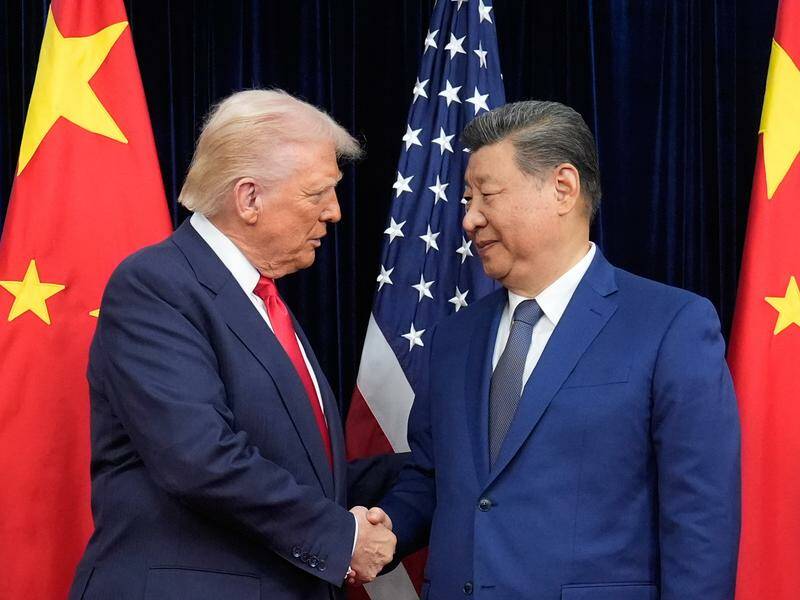
In a significant development for international trade, US President Donald Trump has announced a reduction in tariffs on Chinese imports following a meeting with Chinese President Xi Jinping. This agreement, reached during their discussions in Busan, South Korea, focuses on curbing the illicit fentanyl trade and resuming US soybean purchases while ensuring the flow of rare-earth exports from China.
The talks, which marked the first face-to-face interaction between the leaders since 2019, lasted nearly two hours and were held on the sidelines of the Asia-Pacific Economic Cooperation summit. Trump described the meeting as “amazing,” rating it a “12 out of 10” while speaking to reporters aboard Air Force One.
Details of the Tariff Adjustments
As part of the agreement, tariffs on Chinese imports will be reduced from 57 percent to 47 percent. This includes a halving of the tariffs on fentanyl precursor drugs, decreasing from 20 percent to 10 percent. Trump expressed confidence in Xi’s commitment to combat the fentanyl crisis, stating that Xi would work “very hard to stop the flow” of this deadly opioid, which has been a significant factor in American overdose deaths.
Following the announcement, global stock markets reacted with volatility, as trading fluctuated between gains and losses. The Shanghai Composite Index dropped from a decade-high, while US soybean futures showed signs of weakness. Only India and Brazil remain subject to higher tariffs among the major US trading partners.
Prior to the meeting, there had been optimism in global markets about a potential resolution to ongoing trade tensions between the US and China, which have disrupted supply chains and affected global business confidence. In the lead-up to the meeting, stock markets from Wall Street to Tokyo had reached record highs, buoyed by hopes of a diplomatic breakthrough.
Broader Implications and Future Cooperation
During the meeting, Xi noted through a translator that it is normal for superpowers to experience occasional frictions. He emphasized a recent “fundamental consensus” reached by trade negotiators from both countries aimed at addressing primary concerns. Xi expressed his readiness to collaborate with Trump to strengthen China-US relations.
In addition to tariff reductions, Beijing has been seeking relief from US export controls on sensitive technology and a rollback of newly implemented port fees on Chinese vessels, which aim to counter China’s dominance in global shipping and logistics. While Trump did not comment directly on potential US concessions, he mentioned that China would begin purchasing “tremendous amounts” of US agricultural products immediately.
The previous trade agreements, which have been instrumental in reducing retaliatory tariffs and resuming the flow of rare-earth magnets from China, are set to expire on November 10, 2023. Despite these negotiations, China has recently tightened its control over rare earths—essential minerals used in various industries, including automotive and aerospace—which has raised concerns about future supply.
Trump’s administration has made efforts to diversify rare earth supplies by signing agreements with Japan and Southeast Asian countries, although diminishing China’s control in this sector will likely take time.
As the situation evolves, the commitment from both leaders to engage in constructive dialogue will be critical in shaping the future of US-China trade relations.






